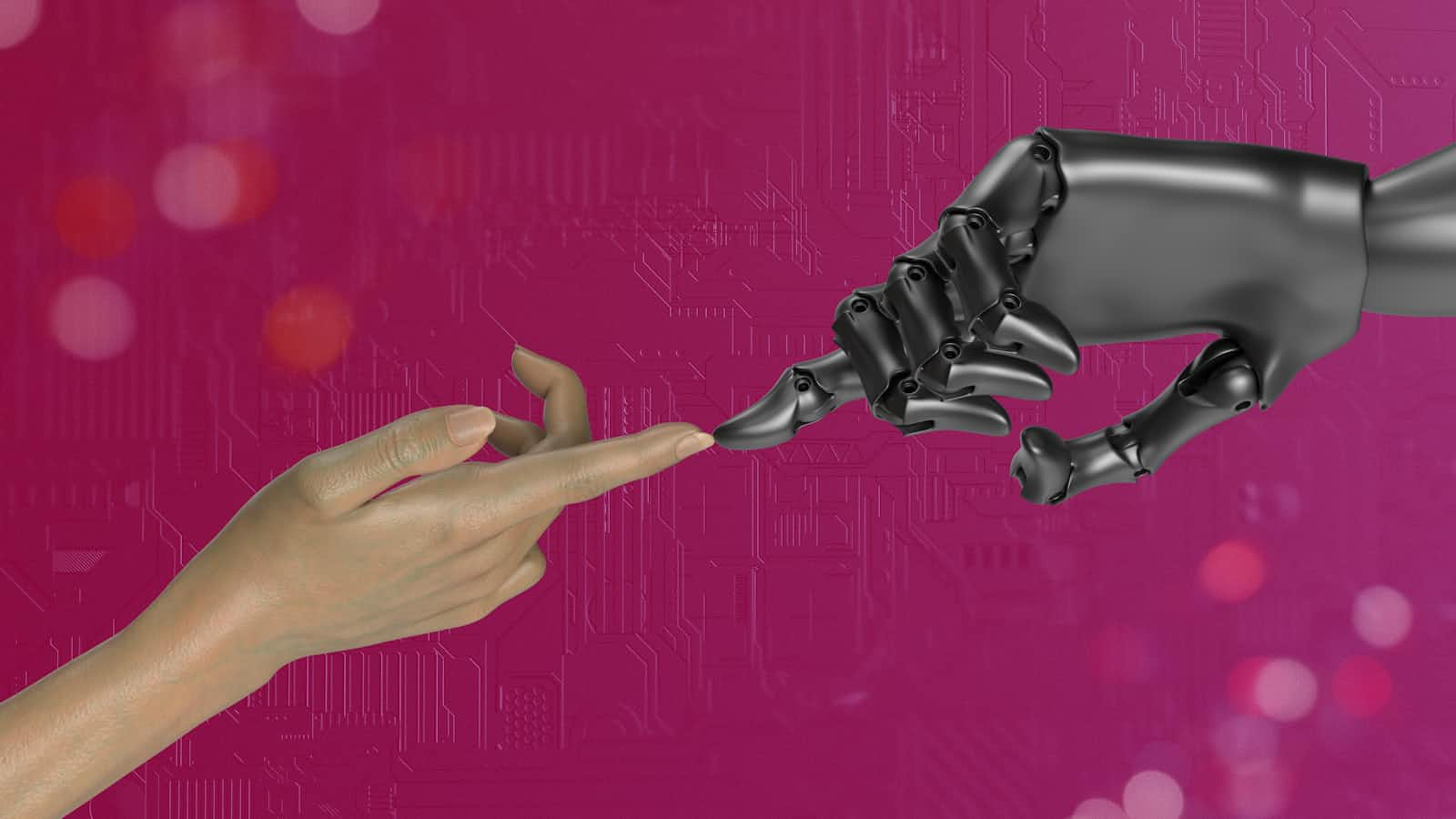Harnessing Generative AI: The Future of Creative Problem Solving
 Aditya Goyal
Aditya Goyal
Artificial Intelligence has been growing at incredible speeds in recent years. Among the recent innovations, generative AI has proven to be one of the most disruptive. Generative AI transformed in numerous ways how one thinks about creativity, content generation, software development, and even the process of scientific discovery. What is this generative AI, and what capacities does it possess for revolutionizing the world?
Generative AI:
Generative AI is an algorithm that can create new content – any type, text, images, video, or code- from patterns learned in training. Whereas traditional AI is mostly reactive, finding patterns or making predictions, generative AI models can create something novel and sometimes creative.
Some of the most popular generative AI models are:
GPT by OpenAI: An open large language model that can generate coherent and relevant text in the contexts of applications, such as powering chat;
DALL·E: Another AI model from OpenAI, generating images from textual descriptions, which has pushed what is currently possible for computers to "draw" from their imagination;
Stable Diffusion: The open-source text-to-image model popularizing access to AI-generated visuals.
These models have transformed how we interact with AI from creativity and exploration to an actual tool.
Key Applications of Generative AI
- Creative Industries:
Art and Design. Creativity tools like DALL·E and MidJourney allow artists to come up with new forms of digital art; designs that are unique, innovative, and even beyond what humans can imagine. It opens doors for designers to quickly prototype concepts or create variations of artwork easily.
Generate copywriting and content: With the emergence of platforms like ChatGPT, Jasper, or even a software developer's tool made manageable through generative AI-people are generating code snippets, marketing copy, blog posts, and even books at scale. Therefore, generative AI is freeing up creators from mundane work and allowing them to think in the strategic, high-level thinking space.
- Code generation, and development of software:
GitHub Copilot is powered by OpenAI's Codex. It can be called code completion as it allows developers to write code much faster using knowledge from suggested code snippets, automatically completing entire functions, and even generating complete modules. This is transforming the way people develop software and enabling those who are not programmers at all to participate more in programming, or seasoned programmers to get more done in less time.
AI-Driven Test Generation: Generative technologies like ChatGPT can help in generating test cases for software or simulating the behavior of code that would lead to quick debugging and better reliability of software.
Personalized Experiences in Education: AI tools for course creators also open up the possibility of producing quizzes, study guides, and even instructional videos. These AI-driven systems make great sense to scale up educational material creation, particularly in remote or self-paced learning environments.
Scientific Discovery and Innovation:
Molecular Design: AI models are assisting in drug discovery and generating novel molecular structures that may help with new drugs and treatments. Materials Science: Generative models enable the simulation and creation of new materials with properties scientists desire; this increases the pace of innovation in fields like renewable energy, manufacturing, and computing.
Challenges of Generative AI Generative AI is not without its challenges.
Ethical Concerns:
Deepfakes and Disinformation: The capability of generative AI to create images, audio, and video, hyper-realistic raises issues about how it may be used to create deepfakes or disseminate disinformation.
Intellectual Property: Questions arise regarding whether an AI art, text, or even music production is copyrightable or owned. Who owns an AI-generated product, the creator, the developer of the model, or just the end user?
Bias and Fairness: The generative AI will only be as biased-free as the data it has been trained on. If this dataset is biased, that means it perpetuates biases about issues like gender and race during hiring processes for law enforcement or even content generated.
- Energy and Sustainability: Training large AI models requires a huge amount of computational power, hence leaving behind a big carbon footprint. When generative AI becomes ordinary, there is a need for energy-efficient ways of training and deployment of such models.
The Future of Generative AI
The future of generative AI is bright, but there is a need to responsibly develop such technologies with the guidance of the right laws. Some emerging trends are discussed in the following sections:
AI as Co-Creator: Rather than replacing human creativity, generative AI will more likely act as a "co-creator," helping people brainstorm, envision concepts, or even write initial drafts - while saving decisions and refinement to humans. This symbiosis between humans and artificial intelligence can unlock creativity previously unknown.
Smaller, yet More Efficient Models: Researchers are now working on more efficient AI models that are resource-light without loss of performance. This can make generative AI more accessible and environmentally sustainable.
Improved Ethics and Accountability: Governments and institutions are already thinking about policies to control AI, especially generative models. Clearer mechanisms of transparency with the training and deployment processes, along with more concrete ways of dealing with misuse, will be the key that future developments need.
Subscribe to my newsletter
Read articles from Aditya Goyal directly inside your inbox. Subscribe to the newsletter, and don't miss out.
Written by

Aditya Goyal
Aditya Goyal
Introducing Aditya Goyal, a dedicated BCA student at C B Patel Computer College with expertise in logo design, video editing, web development, and freelancing. Specializing in graphic design and stock investing, Aditya achieved an impressive 8.9 YGPA in the first year. Originally from Haryana, he spent a decade in Telangana, fostering a diverse linguistic repertoire including English, Hindi, Korean, Telugu, and French.